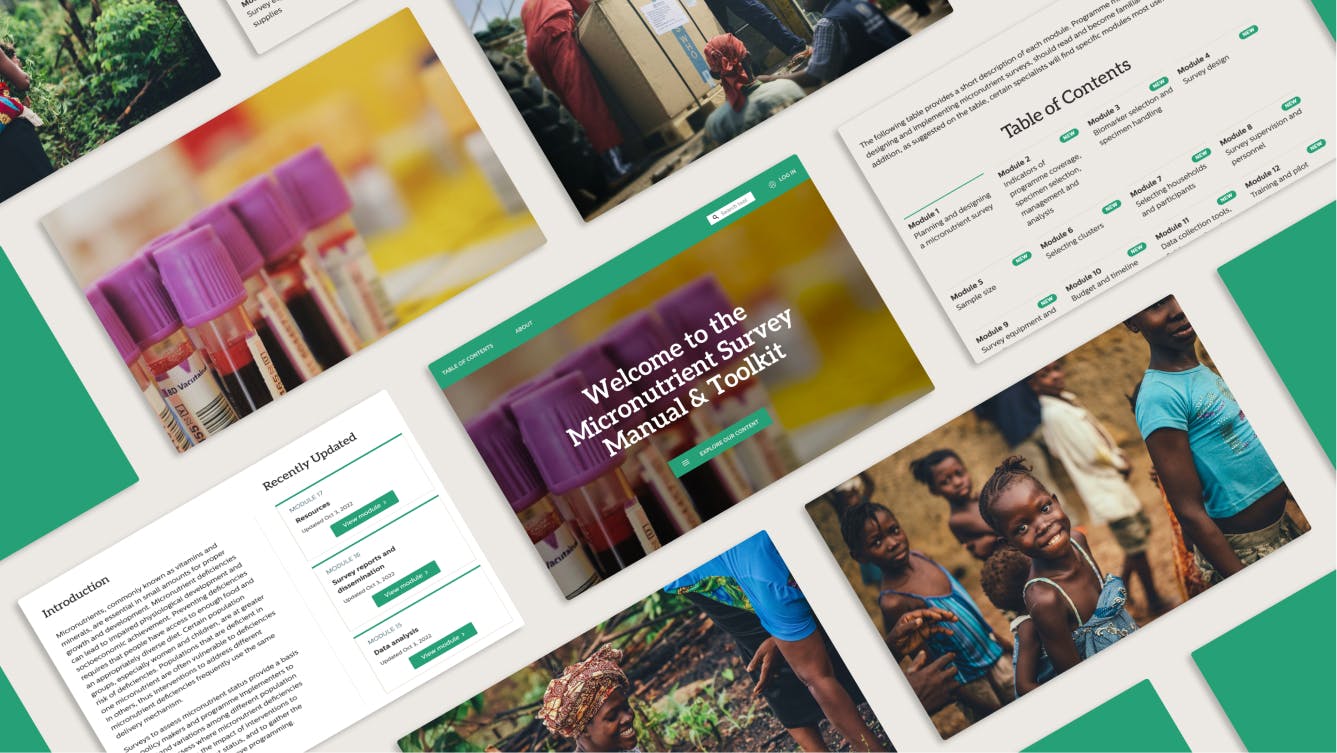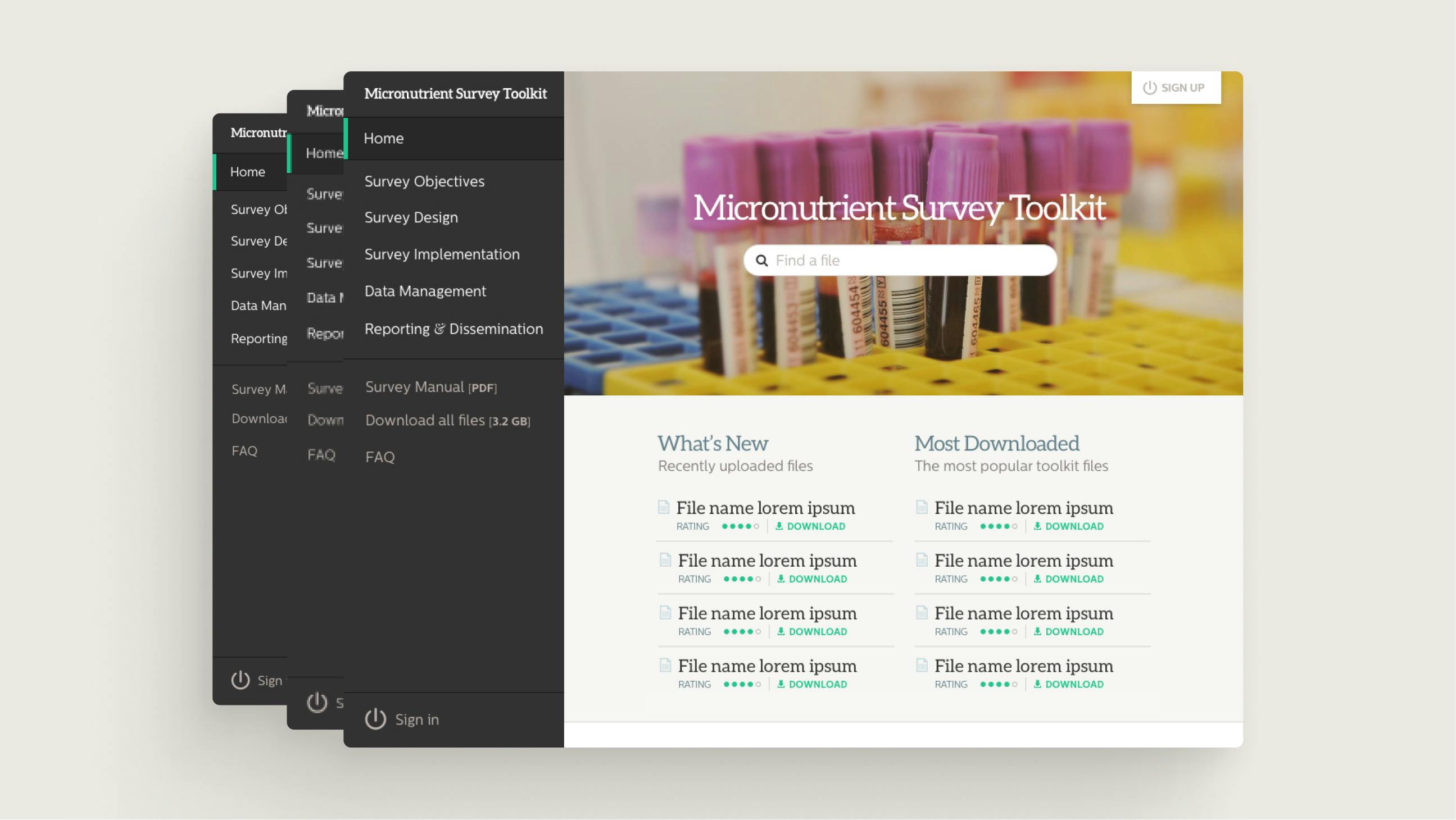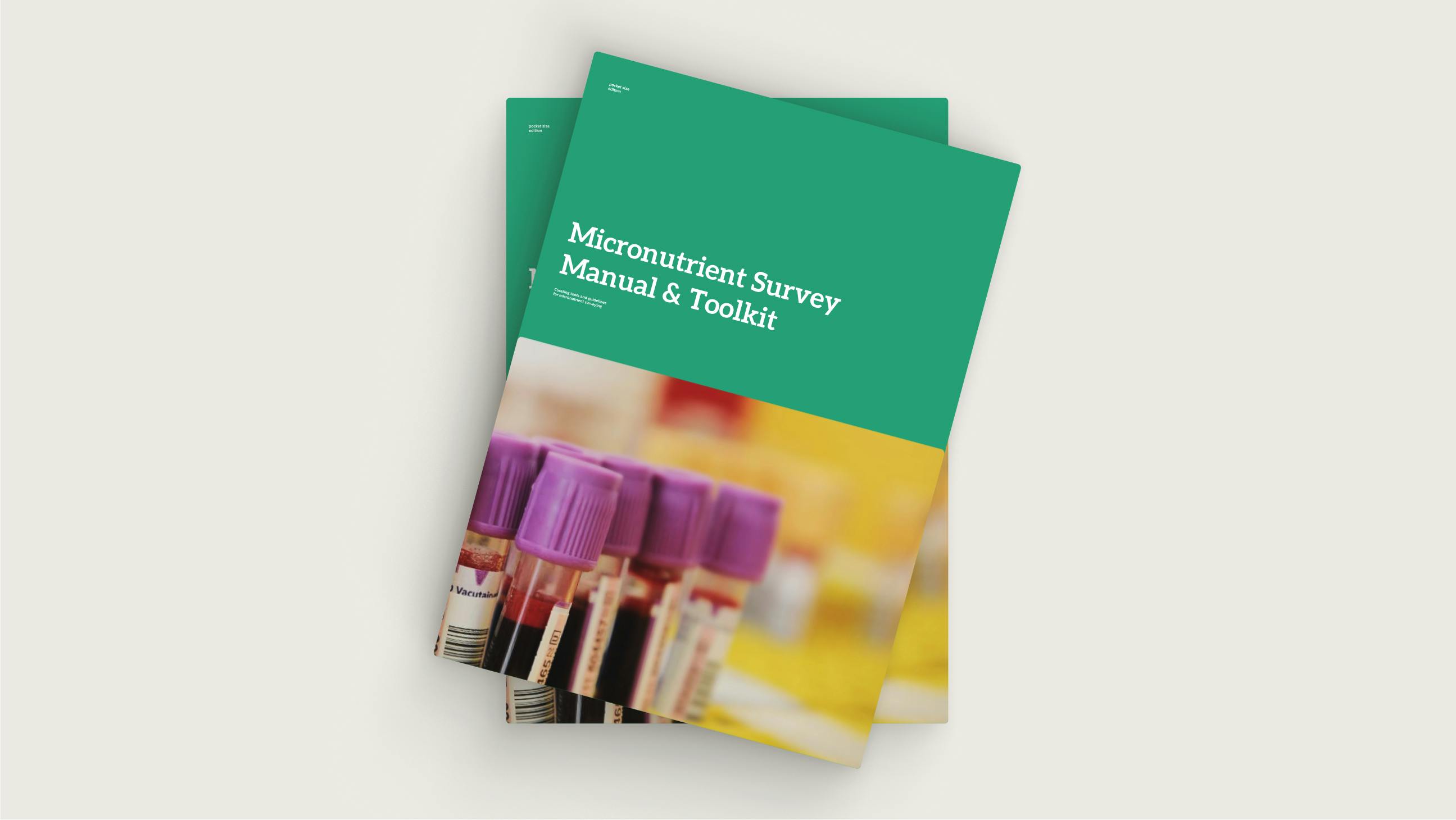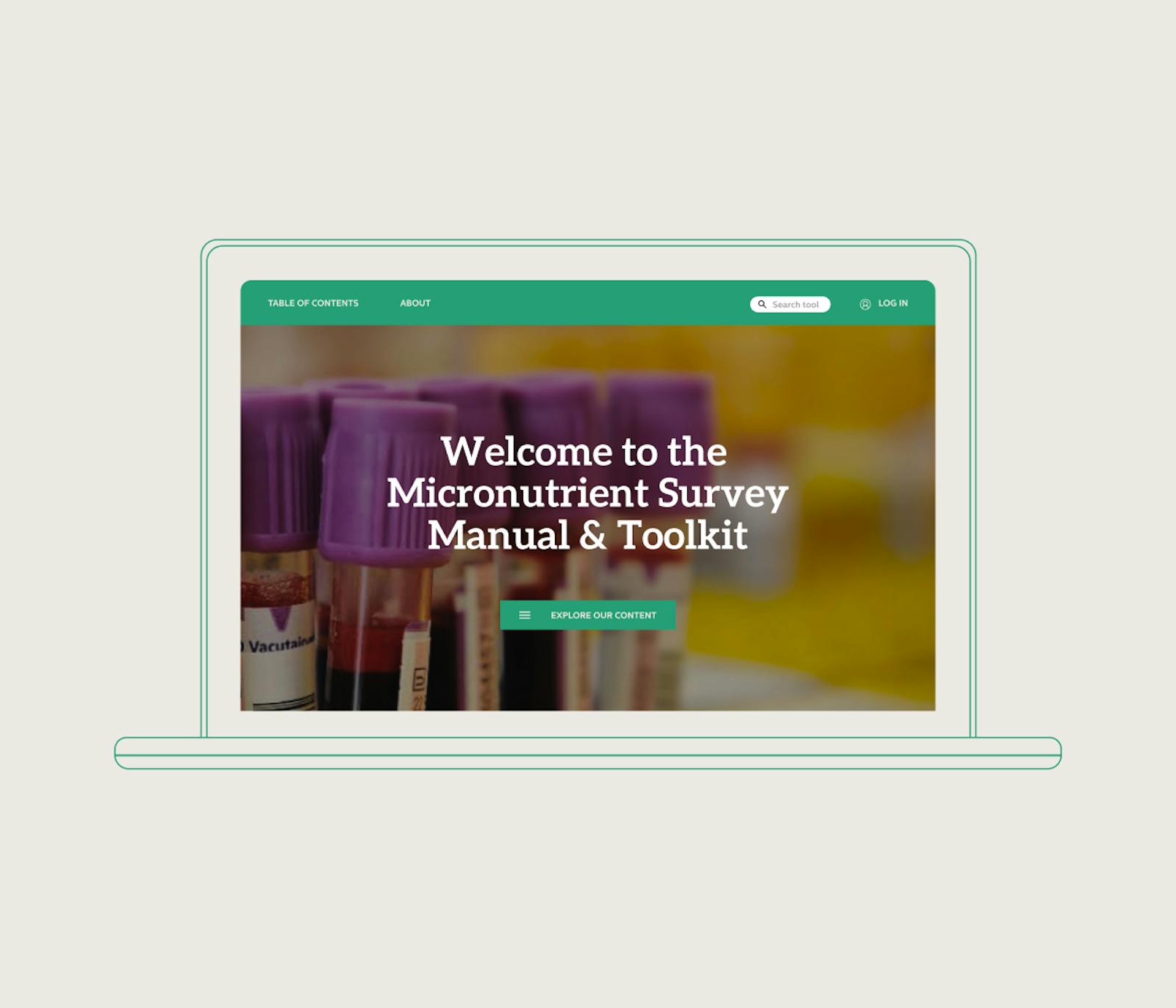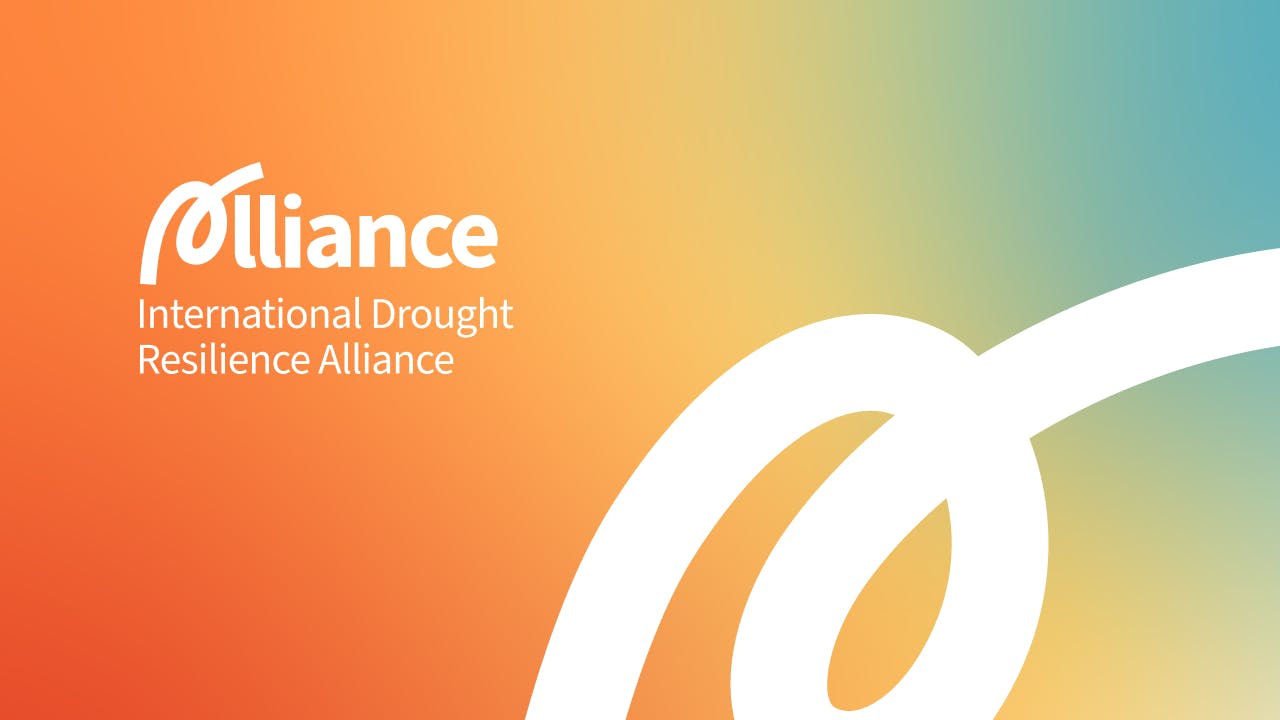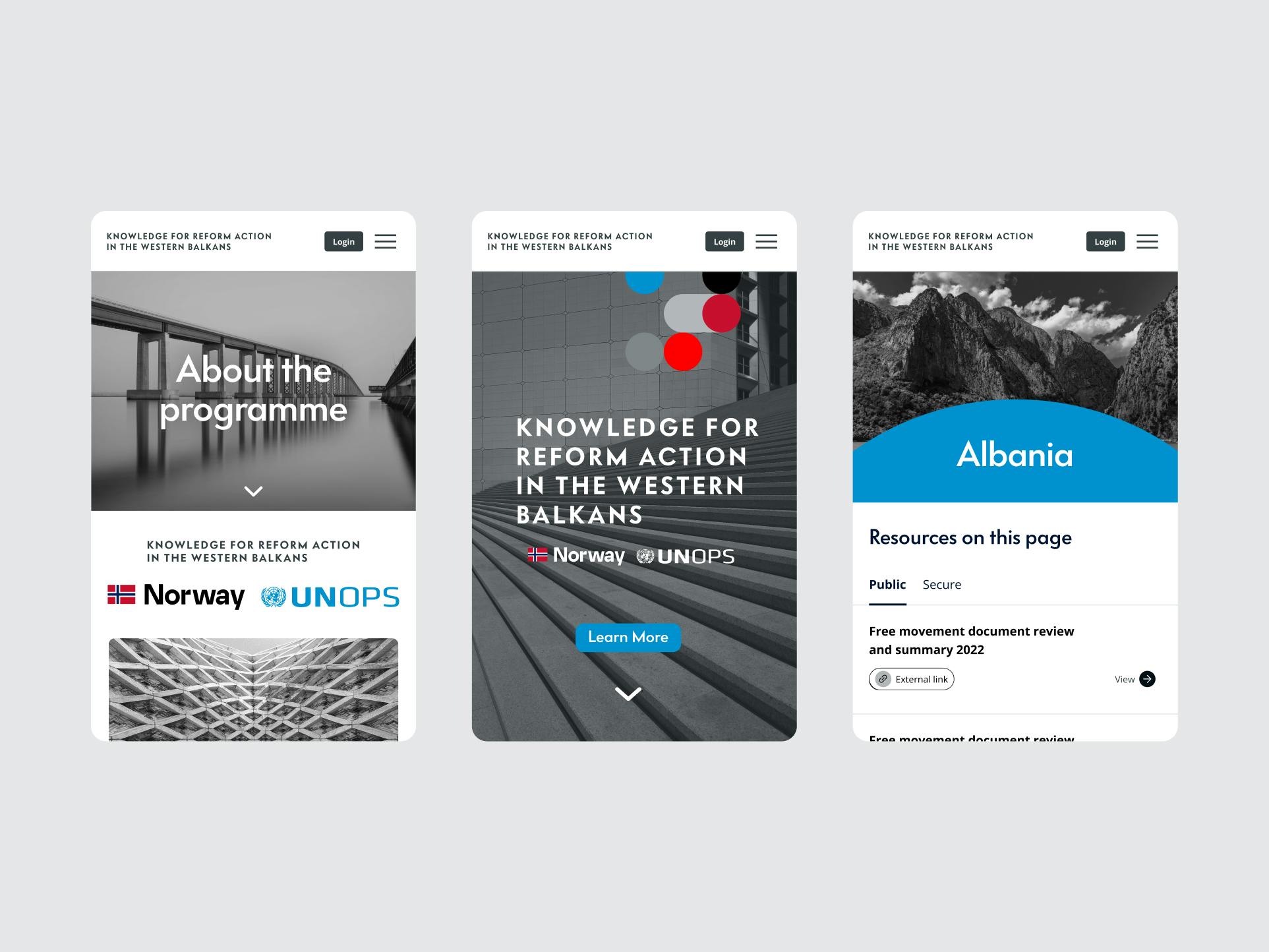How can we help scientists and surveyors conduct more effective micronutrient surveys while working in remote locations, offline?
Background
Understanding micronutrient malnutrition in different populations is key to understanding global health conditions, but resources for surveyors are scarce. The Center for Disease Control and Prevention (CDC) in partnership with UNICEF, WHO and Nutrition International sought to find a modern and practical solution that would support surveyors and practitioners as they do their work.
Impact of COVID on global nutrition
Certain population groups, especially women and children, are at greater risk of micronutrient deficiencies. Micronutrients are critical for a well-functioning immune system, which is of utmost importance during the COVID-19 pandemic. If a population has poor status for key micronutrients, such as vitamin A, zinc or vitamin D, then they may be less well equipped to mount a proper immune response when exposed to viral or bacterial infections than if they had adequate micronutrient status.
Objectives
Empower surveyors and field practitioners
Consolidate resources
Respond to user needs
Facilitate better understanding


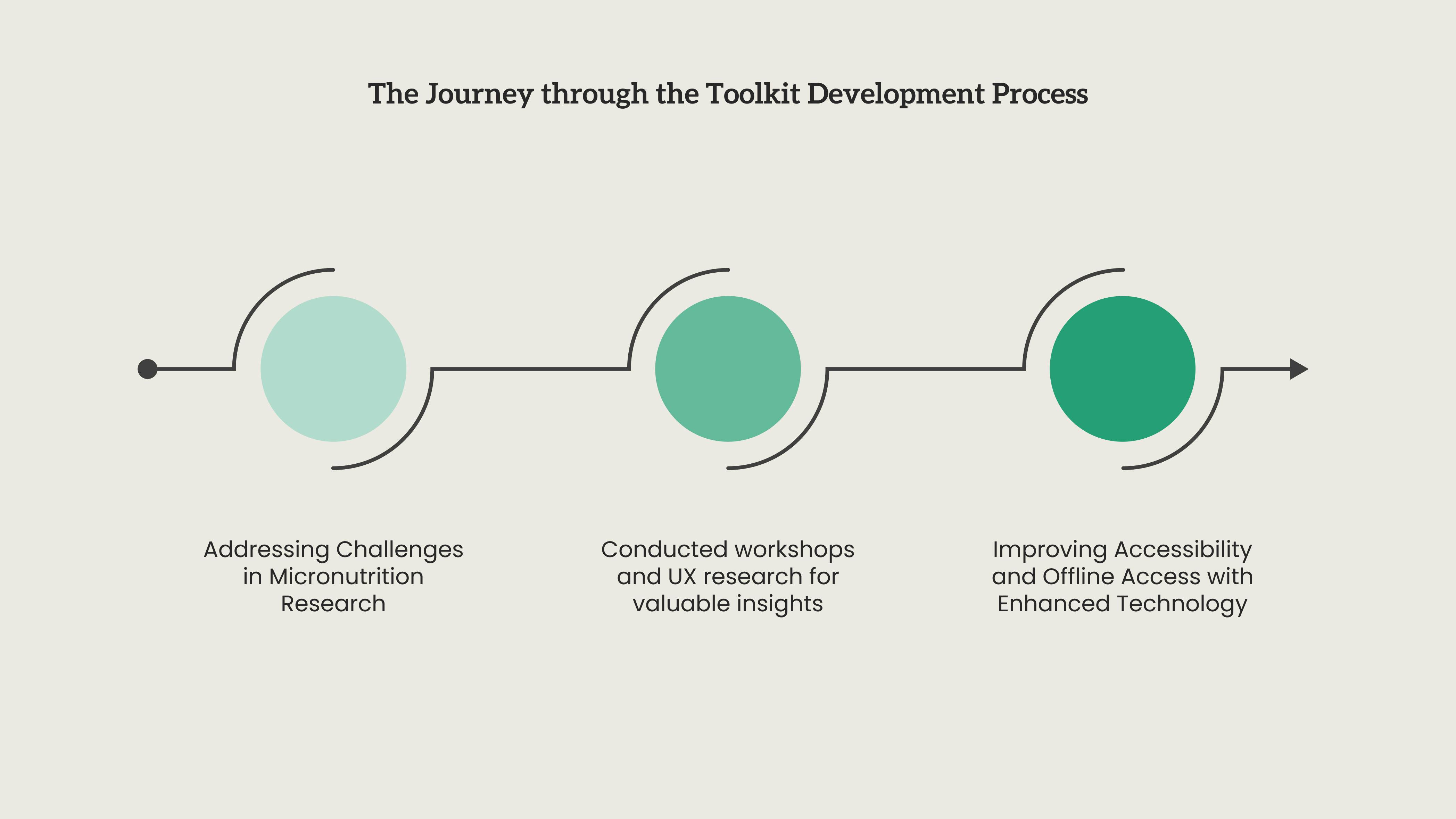
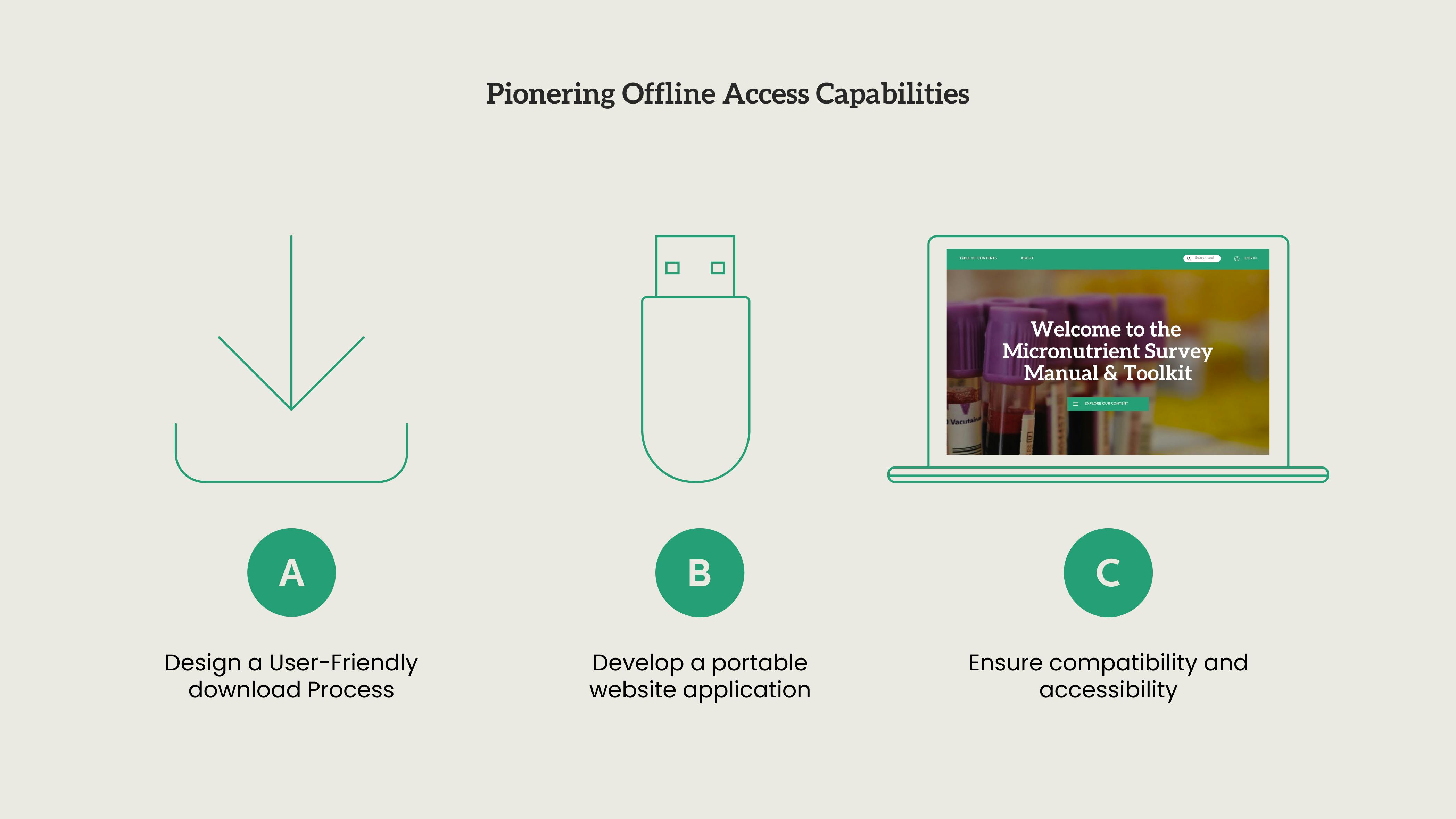
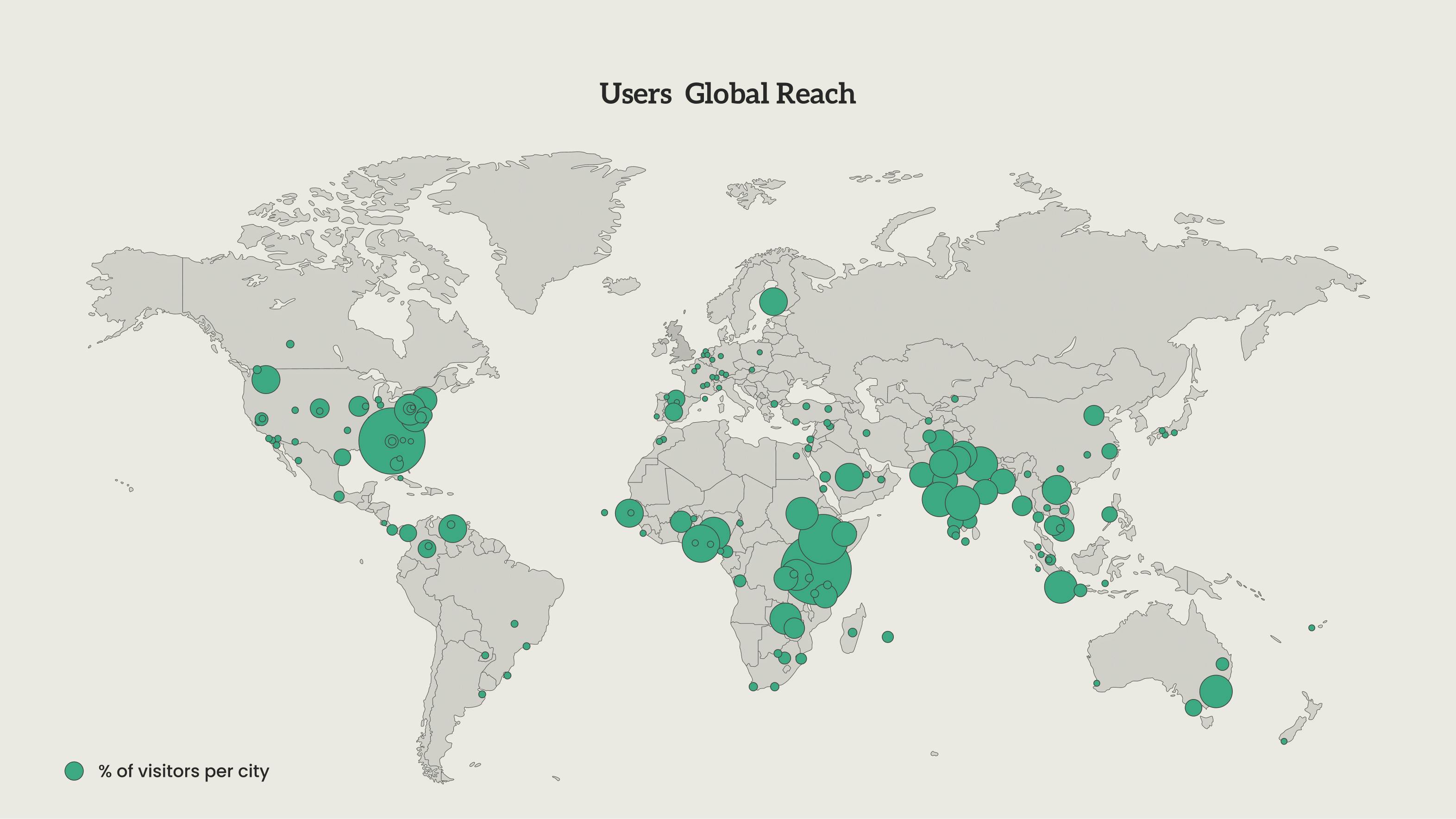
How did we approach the challenge?
Our approach emphasized the need to understand what resources where needed and how surveys were being conducted in the field. We found a set of core issues that could be addressed through technology:
- Surveyors oftentimes did not have relevant resources to conduct their surveys in the field
- Surveyors in different regions did not have the same access to resources and found it hard to know best practices
- Surveyors oftentimes travelled to the field with laptops without access to internet and varying levels of browser compatibilities
- When surveyors did gain access to internet, they would at best have access to low-bandwidth environments
After we validated and confirmed the requirements, we took the team through our content modeling and design process to select the technology and structure for the system.
User research and design
We conducted workshops and interviews with the CDC team to structure and organize the manual into digital form. We developed user journeys based on our initial findings, and then developed workflows that would help users quickly access the resources they needed to conduct their work.
Offline technologies
Our user flow for surveyors in the field was to allow users to download the entire site onto a USB key or onto their laptop to be able to make the entire site portable. Users would go to the website, download the website as an app to their computer and then be able to open the entire site on their desktop.
Alternatively, the CDC, WHO, UNICEF, and Nutrition International could load the entire website onto USB keys and hand them out to surveyors going to the field.
We used a technology called Electron (https://www.electronjs.org/) to create the offline application that could be then loaded onto Windows, Apple, Linux, Android and IOs with little maintenance and not require Admin access to strictly locked down government and NGO computers.
Our team also explored options to remotely update the application when users connected to the internet, though given that content would not be frequently updated, the feature was not included into the application.
The technology has been adopted by Figma, Github, Dropbox, Microsoft Teams, Skype, Slack and Trello among others to create “native” applications for their users.
Evolution and launch of the system
GDPR compliance became a necessary development which we included into the system along with custom advanced analytics dashboard to track the use and growth of the platform. During the pandemic, we further revised the platform and supported a launch strategy for the platform.
What were the outcomes?
The Micronutrient Survey website was successfully launched October 2020 and included more than 200 tools as part of the toolkit and presented 16 modules of information on the interactive website.
The WHO supported the launch and promoted the system on their homepage along with other partners to show this progressive advancement in micronutrient research and surveys.
On the first day of launch, the site received over 800 unique users rendering over 3,600 pages with an average session time of over three minutes. The site also received the most visits from target countries across Eastern and Western Africa and South Asia.
Since launch, the site has been actively used by surveyors in India, Nigeria, Ethiopia, Canada, Kenya, Pakistan, China and Indonesia.
